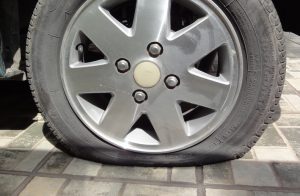 Even just a pound or two of under inflation in your tires can be a problem. Why, though? There are several reasons.
Even just a pound or two of under inflation in your tires can be a problem. Why, though? There are several reasons.
Fuel economy:
If you ever rode a bicycle with a low tire, you know that it feels like you’re riding through wet cement due to the added rolling resistance. The same thing happens with your car and compromises your fuel economy. Over the course of 10,000 miles per year, that can add up to 150 gallons of gas or over $350 out of your pocket!
Handling:
Low tire pressure means poorer control and longer stopping distances. At high speeds, in particular, this can be downright hazardous.
Premature tire wear:
Under-inflated tires are under a lot of stress, especially their steel belts. Take a paper clip and work it back and forth until it snaps. Feel how hot it gets when the metal is stressed? The same thing happens with the steel belts in your tires, which are already heating up anyway due to normal wear. This heat and stress will cause uneven tread wear and can even cause tires to fail altogether.
Proper tire inflation can give you as much as a 3.3 percent increase in fuel economy or more. Remember that you can’t really detect low air pressure from looking at a tire until it gets really low (under 20 psi or so). Remember also that air will migrate out of a tire through the valve stem and the tire sidewalls just through normal wear; you should get a quality tire gauge (not the ones built into the hose at the gas station) and check the tire inflation at least once a month. Air expands when hot, so remember to check tire pressure when the tires are still cold.
Tire pressure isn’t at the forefront of most drivers’ minds, but it’s still important. Having to replace a prematurely-worn-out set of tires or to dump more gas into your fuel tank seems like a pretty dumb way to spend money, doesn’t it? Do yourself a favor and be mindful of your tire inflation levels!
Contact Us:
If you have questions about your tires and proper tire maintenance, give Postle Tire Barn a call. We’ve been serving the tire and automotive needs of West Alabama from more than 35 years.

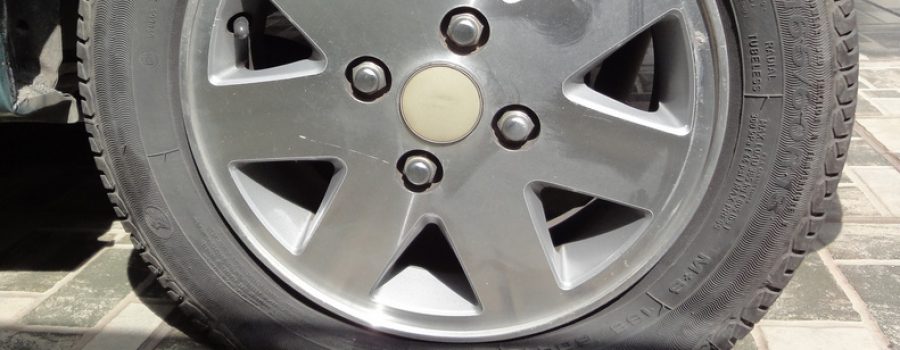
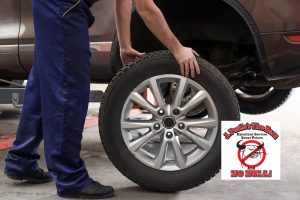
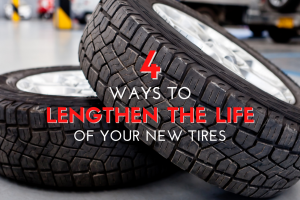
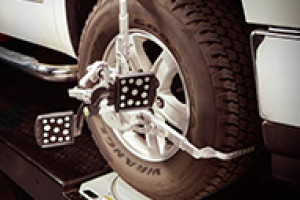
Recent Comments